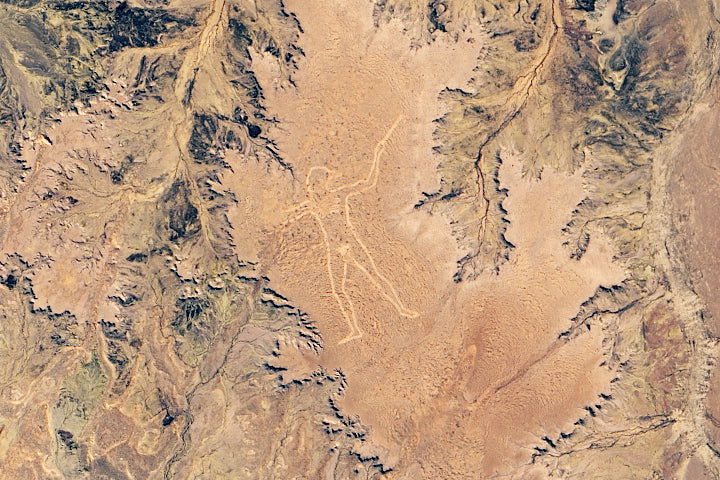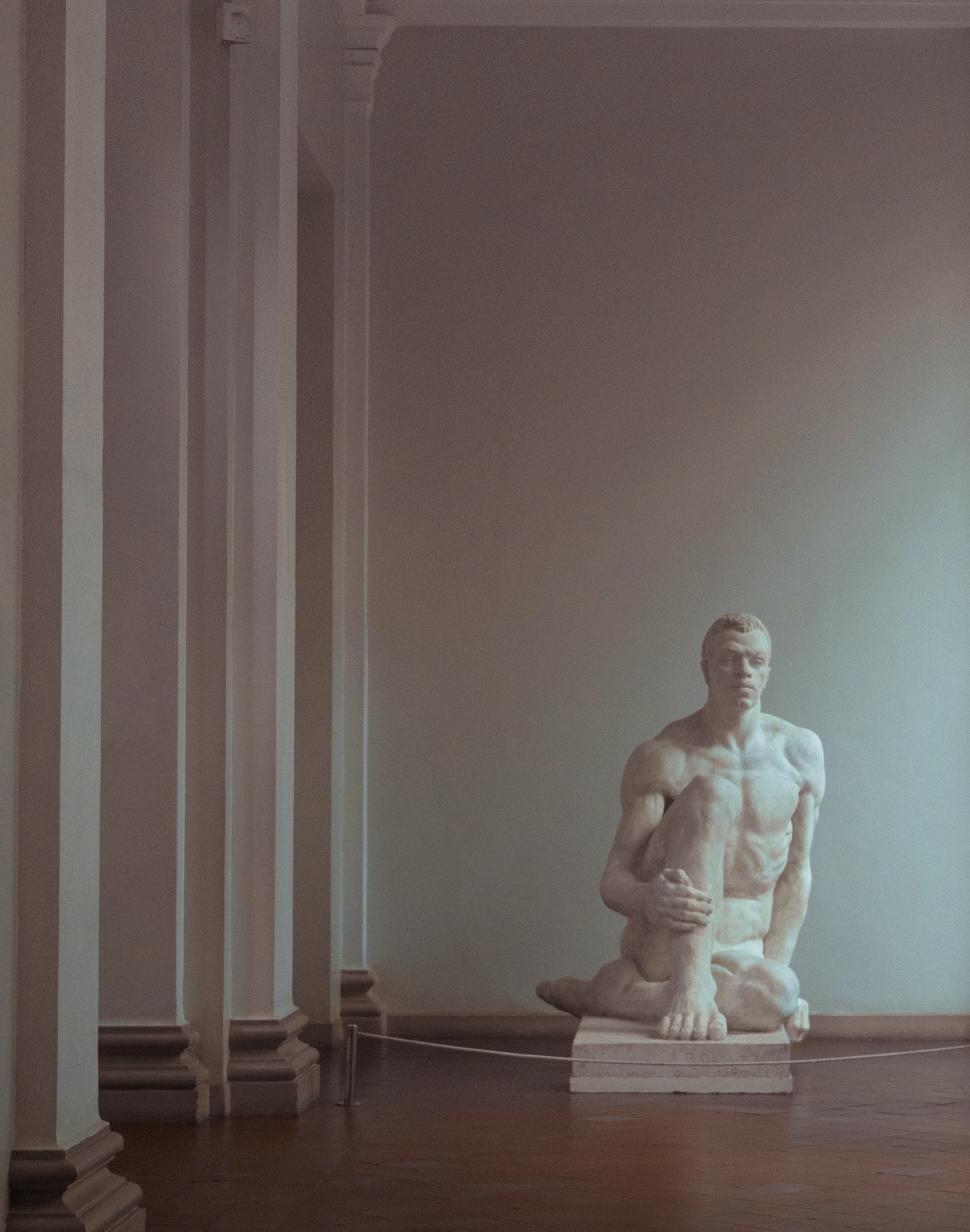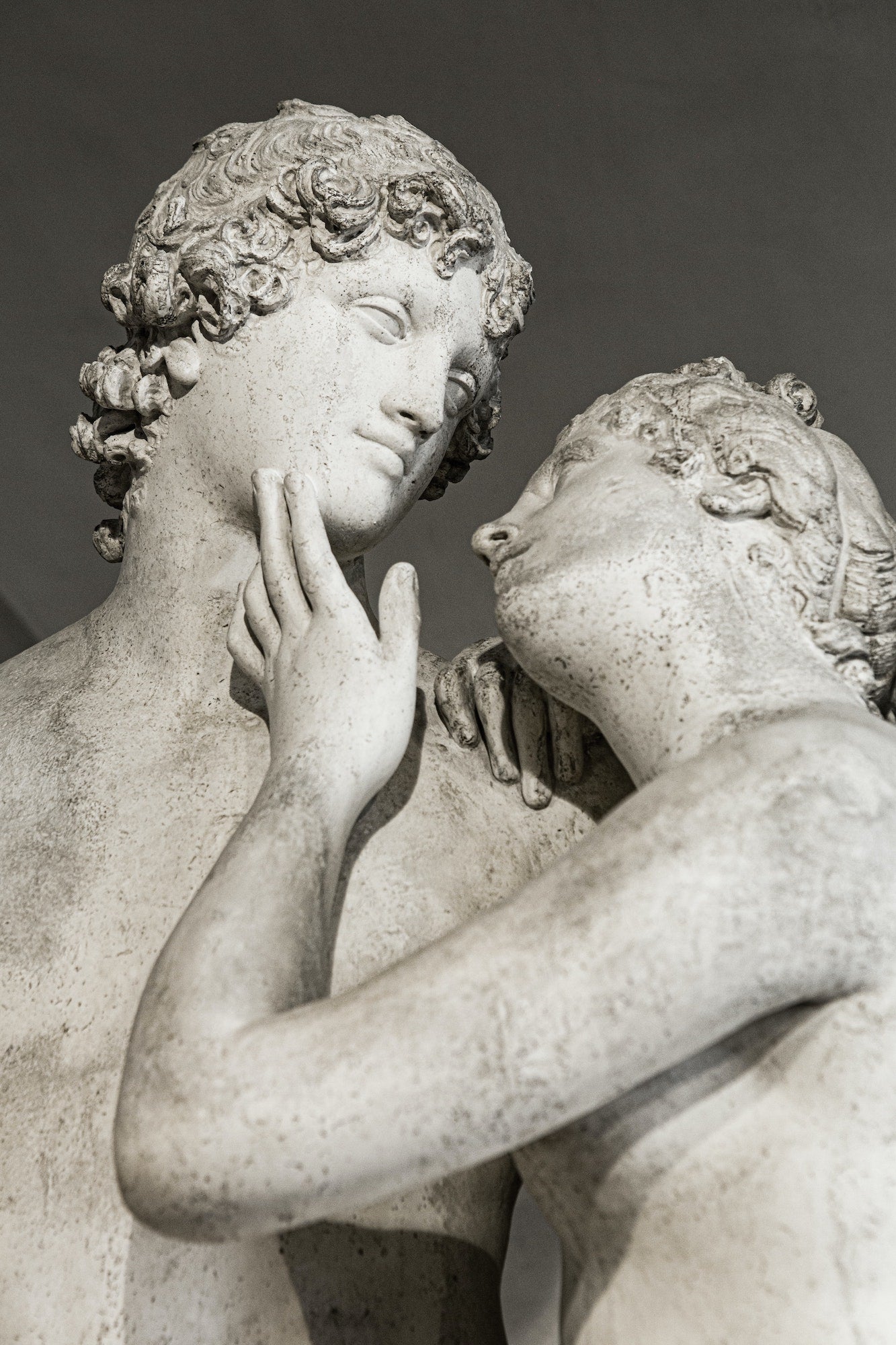the mona lisa of asses.

The first-century statue Venus Callipyge has the most celebrated buttocks in the world.
Two thousand years before Kim Kardashian broke the internet, a statue in Greece blew a lot of minds. Sculpted in Rome in the late first century, thought to have been based on an older Greek bronze statue, the Venus Callipyge—which translates as ‘Venus of the beautiful buttocks’—has the classical world’s most famous rear end.
And she seems to know it, lifting her gown (or, more accurately, her peplos, a common type of ancient Greek dress) to reveal her backside, and looking backward and downwards as though admiring her own famed caboose.
(This particular element, the look-how-nice-my-bottom-is one, is significantly younger than the rest of the statue. When it was discovered in the fifteenth or sixteenth century, its head was missing, and it was only during a restoration that a new one was made, along with the decision to have the figure check herself out. It was restored again in the eighteenth century, and the head replaced again—in the same pose, but with an improved sculpt.)
The restored statue became part of the collection of the King of Naples, and despite being placed in one of the more private areas of the Museum of Naples, which required permission and a guardian to visit, was an enormous draw. In 1816, French antiquarian César Famin wrote a guide to the saucier items in the museum’s collection, writing of the statue: “It is impossible, indeed, to imagine anything more graceful than the Venus here spoken of. The power of beauty is recognized wherever it manifests itself: the marble seems to palpitate; in contemplating it modesty takes alarm, desire begins to awake, and imagination to kindle; and we are obliged to hurry away in order to restore our agitated senses to their original tranquillity.”
The statue’s buttocks began to get discolored from visitors kissing them. Far more care certainly seems to have been taken in the carving of this statue’s keister than most, but it is the partial nudity, as opposed to full nudity, that seems to have particularly excited observers. Willingly and provocatively revealing the buttocks was known as anasyrma, and was associated with various good luck and harvest-boosting rituals.
Famin wrote: “The voluptuous figure [...] derives its erotic charm chiefly from the arrangement of the vestments. It may, in fact, be remarked that absolute nudity is less immodest than partial or accidental nudity. [...] Complete nudity argues a state of independence and freedom which possesses nothing alarming to modesty or seductive to the senses; but partial nudity seems as if reserved for furtive and unusual actions.” He described other, entirely nude statues being “chaste”, while the Venus Callipyge was “a voluptuous courtezan, indecently clad”.
Famin wasn’t the only person inspired to write of how erotically enthralling he found the statue. Twentieth-century French singer-songwriter Georges Brassens wrote a song about it, and how far one would go to attain such perfection. Among the—very roughly translated—lyrics: “To obtain, Madame, a curve of this order / You have to torture the people around you / Give the designers a lot of trouble / And you have to kill your lady-in-waiting”. He implores the subject to not give a damn about others’ jealousy, as well as not to sit down.
But who was she? One interpretation involves an ancient Greek story retold in the third-century collection Deipnosophistae by Athenaeus of Naucratis. It concerns two poor sisters from Sicily who argued about who had the most impressive backside—or, in ancient Greek, who was the most Kallipygos, the classical era’s equivalent of bootyliciousness—and asked a passerby to help them decide. He proclaimed the elder sister to be the victor and immediately fell in love with her to such an extent that he became ill. His brother was sent for, and in turn, fell immediately in love with the younger sister. The two brothers, whose elderly father was extraordinarily wealthy, married the sisters, who became incredibly rich, their lives transformed by their beautiful bottoms. They used part of their newfound wealth to build a temple to Aphrodite, goddess of love (to who Venus was the later Roman counterpart), and imbued her with the same quality.
This temple is thought to have existed in some form near Syracuse in Sicily, but whether the original statue came from there has been lost to time—it could be anyone famed for their keister. Whoever she was, first in bronze form and then in marble, she continues to draw admirers more than two thousand years after walking the earth, a tuchus that has transcended time.




